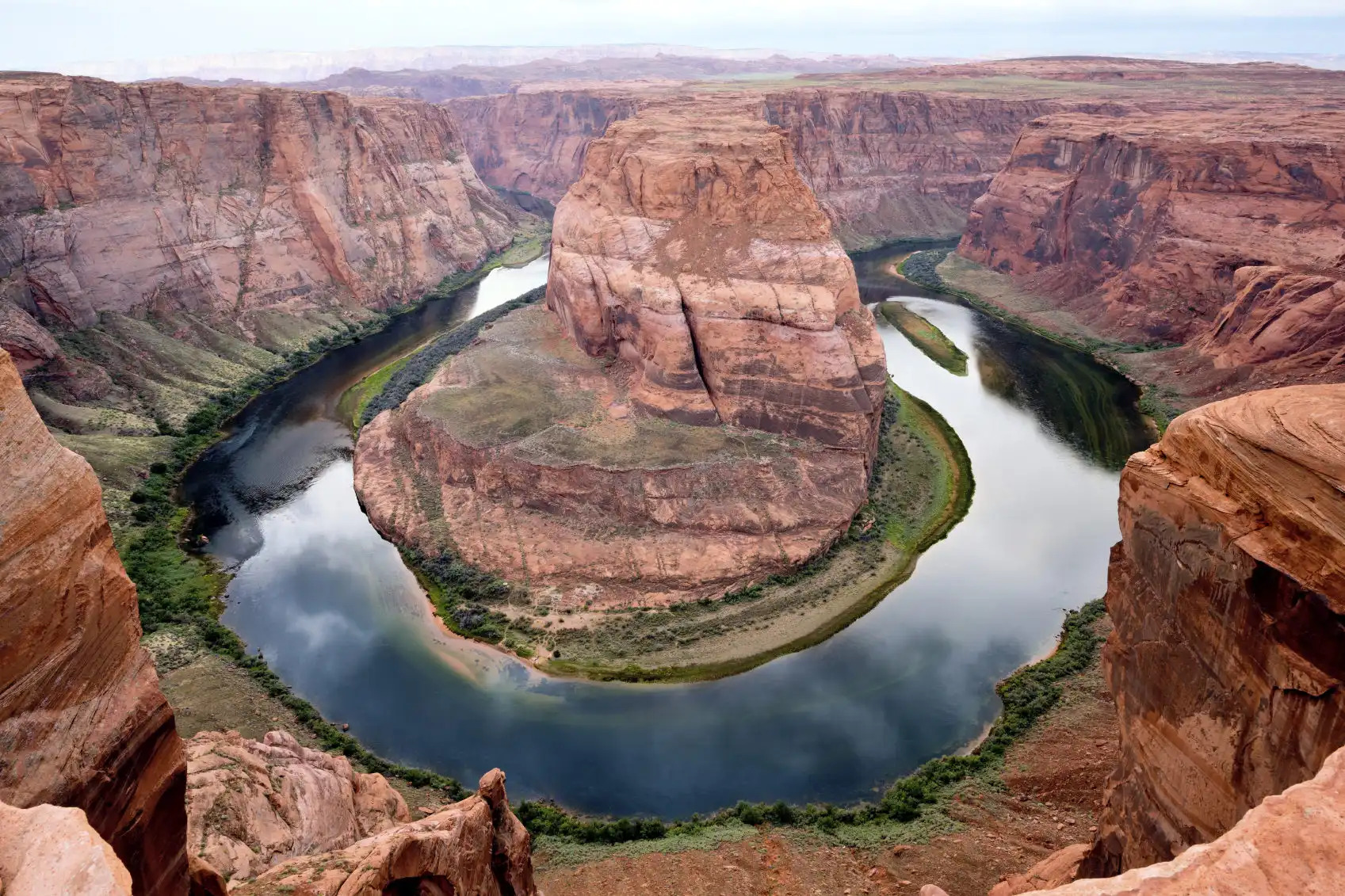Articles

White rhinos graze in Nairobi National Park, the oldest park in...
Reportage by Getty Images Tumblr
White rhinos graze in Nairobi National Park, the oldest park in East Africa and the only wildlife park in the world located in a capital city. It is home to giraffes, lions, African buffalo, hundreds of bird species and, in the near future, a new railway that will slice off a sliver of the park’s eastern shoulder. A recent National Geographic article describes the worries of conservationists concerned about how the design of the track may affect the movement of wildlife:
Their fear is that as Kenya races to modernize its colonial-era infrastructure to fit the needs of a middle-class industrial economy, its reputation as a bastion for wildlife and preservation will be sacrificed. Already, the new $3.8 billion rail corridor—mired in allegations of corruption—has disoriented elephants in Tsavo. The collaring study will determine just how disruptive the railway is. …
Paula Kahumbu, executive director of WildlifeDirect, a U.S.- and Kenya-based nonprofit, and one of Kenya’s most prominent wildlife conservationists, says the country should declare parks off limits to new rail lines. “What we’re seeing instead is that there’s a trend toward major development within protected areas,” she says.
Visit National Geographic’s website to read the full article, with photos by Getty Images Reportage contributor Andrew Renneisen.

























